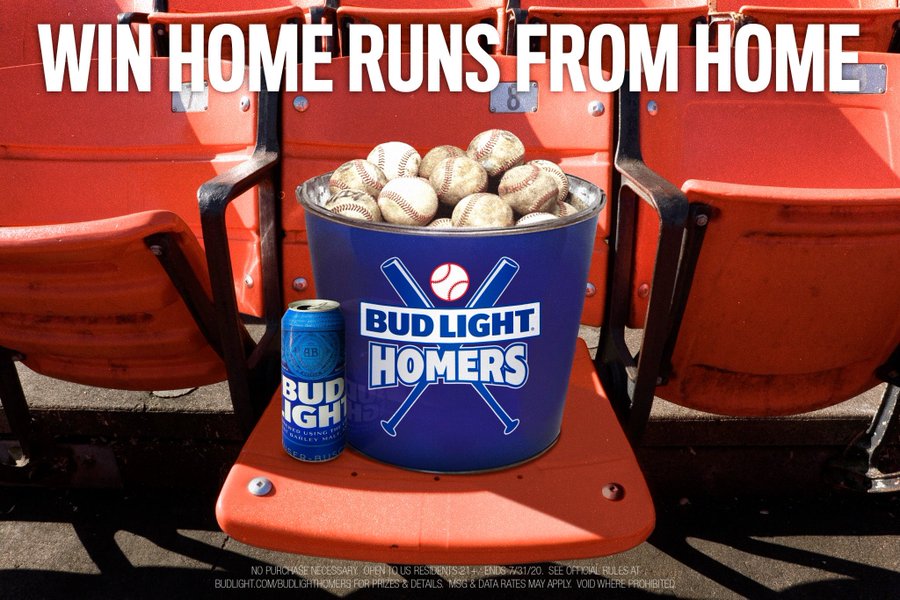The circumstances brought on by the pandemic has caused evolution in a lot of industries to happen more rapidly than anyone could have imagined.
When athletes were stuck sheltering with the rest of us, and certainly as many entered their respective league bubbles, the sports world witnessed the rise of the athlete journalist. This may not be exactly what Derek Jeter had in mind for athlete journalism when he founded the Players Tribune back in 2014, but no one can deny the power and scale of athlete-produced content now, ushered by social media.
But here’s the thing — as cool as it is to see athletes giving us the pictures, the reactions, and feel of things, this development in sports media perhaps helps fans appreciate sports journalists. The storytellers, the objective eyes and ears, the ones who can put to words the emotion and novelty of the moment. It’s hard not to consider this unique value reflecting on my recent interview with Brent Gambill, now the Director of Communications for NASCAR, Mid-Atlantic region and formerly a longtime producer with XM (and later Sirius XM) radio and their show ‘Baseball Beat.’ Their show was different because they didn’t chase down players, they wanted the writers instead.
“(Baseball Beat host and current LA Dodgers broadcasts) Charley (Steiner) used to describe as the show as ‘I didn’t want to start a show with players, I wanted to talk to the people that were actually in the room, who are actually covering everything,'” said Gambill. “Who can tell you what they ate and what the feeling of the crowd was and know how to report and put cohesive sentences together and really paint the picture o the sports universe and what’s happening on the baseball diamond…
“He goes: It’s the romanticism…'”

That mindset of embracing the writer perspective continued to carry the show for Gambill and Steiner. Their cumulative sensory knowledge and intuition of the stories playing out in front of them were invaluable. Fans have, and likely always will, want to relate to the players. To try to put themselves in the shoes of these aspirational super heroes and experience what it’s like to be a pro athlete. But it’s the journalists who are the flies on the wall, taking in the sights, sounds, and storylines. And the story of the storytellers emerged just as intriguing as the stories themselves, oftentimes.
“I can still remember Game of Shadows [book detailing BALCO and steroid usage in MLB], getting an advanced copy because we had worked so closely with Mark Fainaru-Wada and the rest of the team working on that…,” Gambill recalled. “All those guys for the New York Post that were writing all these amazing stories covering the scandals, we were talking to those guys…We tried to tell it from the perspective of the writers who were doing it. It was such a unique time to be a part of it.”
But while the reporters brought great intrigue and interest to the show, Gambill also knew that much of sports radio — and that’s what he and Steiner were doing, even as their content began showing up online, too — is driven by engaging with fans: listener calls. A lot of the Baseball Beat listeners, however, were listening passively often at their desk at work. Previous attempts at caller segments were mostly mediocre. But when social media arrived, new avenues for interaction opened. Gambill explained it:
“What happened was – radio was driven a lot of times by callers and you have an audience who’s listening. They’re passive listeners, but they can’t pick up the phone and talk…We said ‘let’s start finding a way to (engage them).’ So we started doing a question of the day…”
Nowadays fans want to, and can, engage directly with players. But, realistically, only a select few will get a like, let alone a comment or reply from their favorite player. The writers are more accessible and the two-way relationships developing between fans and journalists are nearing a golden age.
As more bubble games begin and most fans remain confined at home, there is more demand than ever for the stories and more options to find them. The players are giving their unfiltered view of experiences through their lens. Media is curating many of those stories. Reporters are consuming it all, giving their objective firsthand view, leveraging their sources, and having on and off the record conversations. There’s a place for both and the fans are the winners.
Something happened when the sports stopped. Players realized that fans were eager to engage even when there were no games. Fans still cared what they had to say. The PSA’s for COVID and the response to social justice that came weeks later empowered generations of players that were already increasingly social media savvy. Meanwhile, reporters are bigger brands themselves, whether it’s Woj becoming an institution or The Athletic’s writers bringing hordes of subscribers with them when they joined the publication.
The stories will always reign supreme. But there is a renaissance for great storytellers, each with their own unique perspectives, points of view, and personality.
LISTEN TO MY FULL CONVERSATION WITH BRENT GAMBILL



